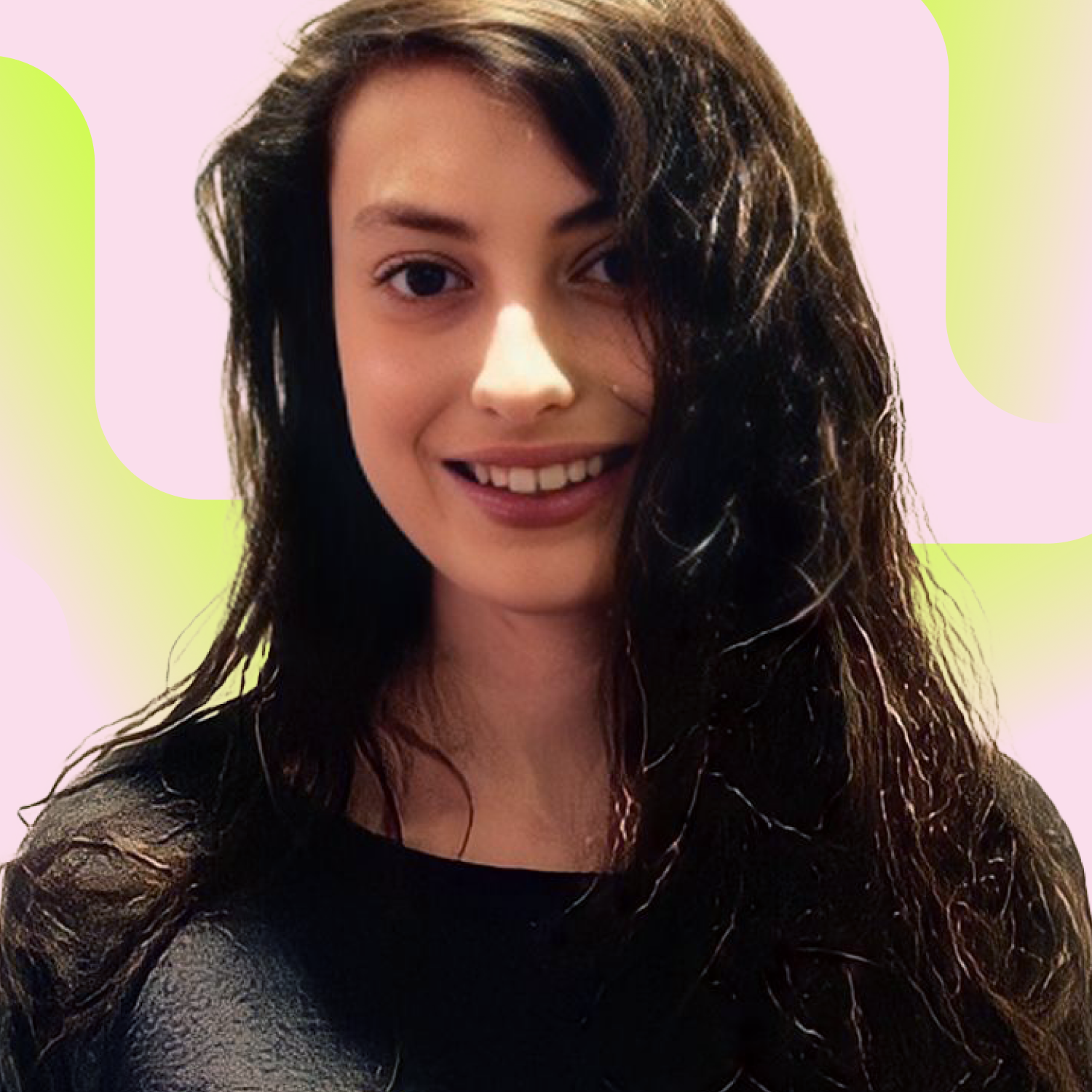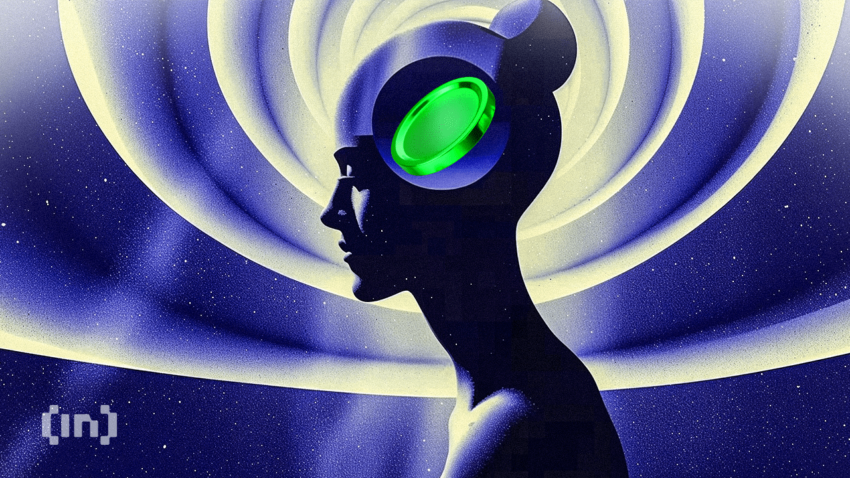The last wave of tokenized content started with creators minting posts into coins. The platform making that all possible is Zora. Whether you want to explore the Zora app, are curious about the Zora platform, or how the Zora Network fits into this creator-led economy, this guide covers everything you need to know.
KEY TAKEAWAYS
➤ Zora is a web3 content platform where creators can mint, own, and trade their work using the Zora app.
➤ Powered by the Zora Network, it combines low-cost minting with on-chain distribution and cultural incentives like the ZORA token.
➤ Platforms like Zora are reshaping the creator economy, but adoption still depends on user experience, scale, and community trust.
What is Zora?
Zora is a web3 platform that lets you mint, earn, and trade content. Whether it’s an image, video, tweet, or message, the Zora platform treats content like a native on-chain asset.
What started as an open NFT marketplace has evolved into a full ecosystem for creators. The Zora app is available on both iOS and Android and gives you a direct way to mint content from your phone, list it instantly, and let others discover or collect it. Everything happens inside the app: content creation, tokenization, trading, and discovery.
The idea behind Zora is that creators should own their work, and the value it generates should move with them. That’s why it’s becoming the go-to layer for everything from content coins to on-chain drops.
How does the platform work?
The Zora platform is built around a simple loop: create content, mint it on-chain, and make it discoverable to collectors. You open the Zora app, upload an image, video, or post, and tap mint. The content is tokenized immediately. Once live, it shows up on the Zora Network, where anyone can collect, share, or resell it.
Each piece of content becomes a token. Not a profile post or a feed update — an actual on-chain asset. And because it’s all public and decentralized, what you mint doesn’t just sit on Zora. It can flow across protocols and markets.
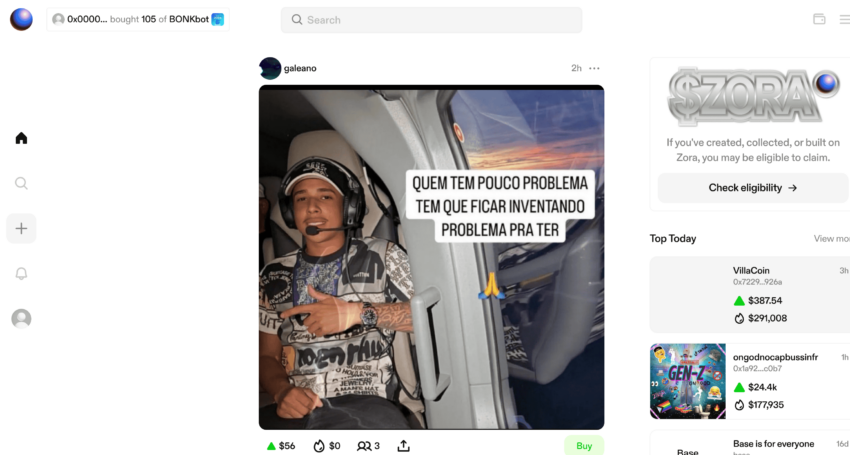
The magic is in how low-friction it feels.
How is Zora different from other content creation platforms?
Most platforms treat content like decoration. You post it, hope it gets likes, and maybe it earns you something, eventually. The Zora platform flips that model, making content the product.
The Zora app isn’t just for sharing. It’s built for minting. Everything you create can go on-chain instantly. There’s no algorithm deciding who sees your work or ad-based system feeding your reach. What you post becomes a token for anyone to collect while you set the terms.
That’s where Zora stands out. Rather than fighting for your attention, it’s offering ownership. The minting experience is fast, the interface feels native, and it works across chains — not just within its own bubble.
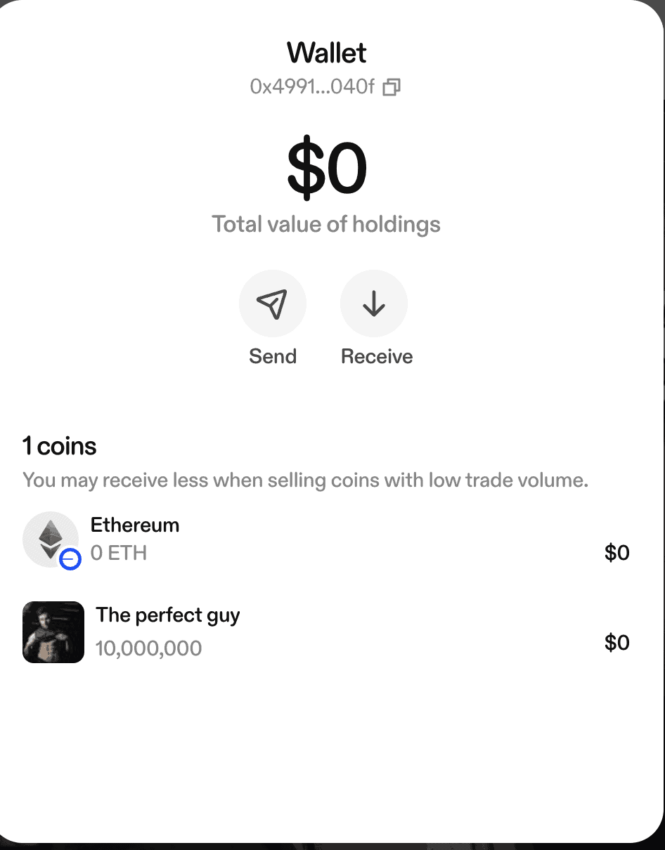
What is the Zora Network?
The Zora Network is a layer-2 blockchain built on Ethereum’s OP Stack — the same foundation used by Base. That means it runs quickly, with low gas fees, and is designed specifically for minting content at scale.
If the Zora platform is where content lives, the Zora Network is how it moves. Every time you mint on the Zora app, it’s the L2 underneath that processes the transaction. This setup makes it affordable to create on-chain content without worrying about network congestion or Ethereum gas spikes.
The network is optimized for media. Images, videos, even high-volume content drops — the Zora Network is built to handle it all without slowing down or costing a fortune.
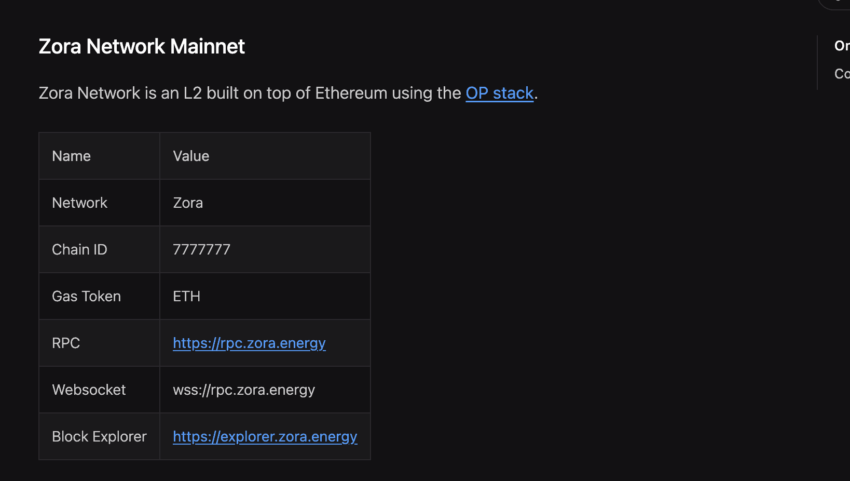
When you’re minting directly from your phone, it’s this layer-2 backbone quietly doing the work behind the scenes.
$ZORA token explained
The ZORA token is the utility layer of the Zora platform. It powers rewards, fuels creator activity, and keeps the Zora Network running. Launched in April 2025 with an overall supply of 10 billion, it’s not a governance token — it’s a cultural one.
Here’s how the supply is split:
- 10% went to early users (via the Zora airdrop)
- 20% fuels community grants and creator programs
- 26.1% was reserved for investors and advisors
- 18.9% belongs to the team (with a six-month lock, three-year vest)
- 20% sits in the treasury, unlocking over four years
The ZORA token airdrop isn’t a one-and-done event; it’s ongoing. Snapshot 1 covered user activity from Jan. 1, 2020 to March 3, 2025, and Snapshot 2 extended that window up to April 20, 2025. Claims are still open as of May, with no set expiration date. This isn’t just a retroactive drop; it’s designed to recognize long-term activity across the Zora platform, including minting, trading, and referrals. Tokens are claimable directly via the Zora app or at claim.zora.co, and all transactions settle on the Zora Network.
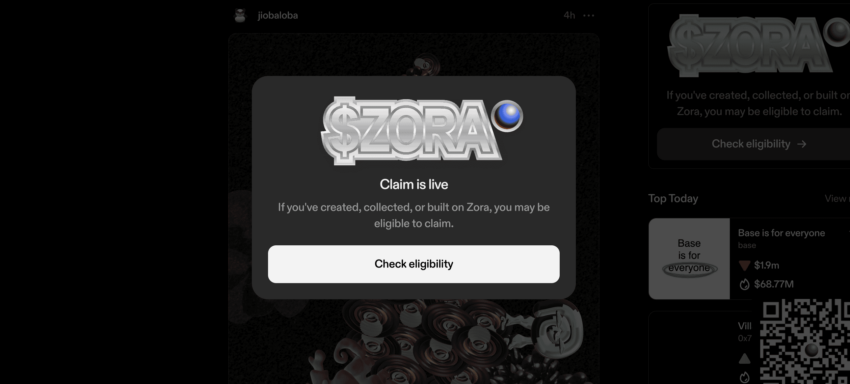
As mentioned, this isn’t a governance token. The token’s main job is to keep creators creating. Inside the Zora app, you’ll see it tied to perks: early content, ecosystem rewards, low-cost interactions on the Zora Network, and more as the platform expands.
Did you know? Zora’s airdrop wasn’t just for recent users. Some wallets rewarded in 2025 had activity dating back to 2020; way before the app even launched. That’s how deep the on-chain memory goes.
Challenges of using Zora and similar on-chain platforms
Tokenizing content isn’t quite frictionless yet. Using the Zora app, or any platform like Farcaster Frames, Mint.fun, or Lens Protocol, means you’re building on-chain by default. That has benefits but also a few clear challenges.
The UX isn’t always friendly
Even though the Zora app simplifies minting, new users still hit bumps. These can include buggy uploads, delayed listings, or unclear wallet flows. Not everyone is comfortable signing transactions just to post content. For some, it feels like too much tech for too little payoff.
Gas isn’t dead yet
Yes, the Zora Network is fast and cheap, but “cheap” still means something. Creators looking to post at scale — especially media-heavy drops — can rack up costs over time. If your audience isn’t collecting, you’re spending without earning.
Audience fragmentation
Platforms like Zora, Lens, or Farcaster are still early. That means your reach is limited. You’re not competing with traditional social apps, you’re building from scratch. Even the best content might only be seen by a niche collector base.
No safety net
Mint something offensive? It’s on-chain forever. Price a token too high? No refunds. On-chain content platforms shift all responsibility to the user, and while that’s the point, it can also be a trap if you’re not attentive. Ultimately, while platforms like Zora are pushing boundaries, they’re still figuring things out. And so is everyone using them.
What’s next for Zora?
The Zora platform is rewriting how creators get paid. As the creator economy moves on-chain, the Zora app and Zora Network could become default layers for minting, monetizing, and owning content. But scale, usability, and trust will decide if this model sticks. For now, it’s less about hype and more about what creators choose to build next.
Disclaimer: This article is for informational purposes only and should not be considered investment advice. Always do your own research.
Disclaimer
In line with the Trust Project guidelines, the educational content on this website is offered in good faith and for general information purposes only. BeInCrypto prioritizes providing high-quality information, taking the time to research and create informative content for readers. While partners may reward the company with commissions for placements in articles, these commissions do not influence the unbiased, honest, and helpful content creation process. Any action taken by the reader based on this information is strictly at their own risk. Please note that our Terms and Conditions, Privacy Policy, and Disclaimers have been updated.

